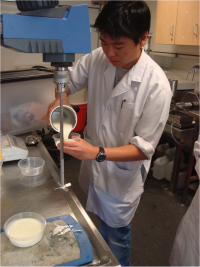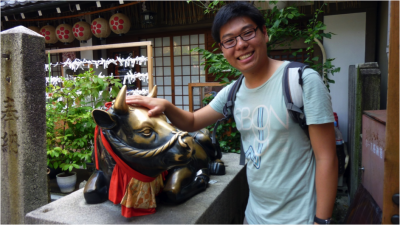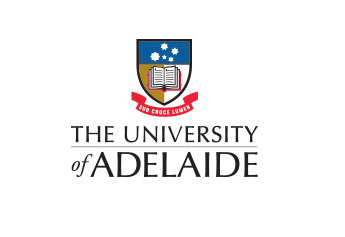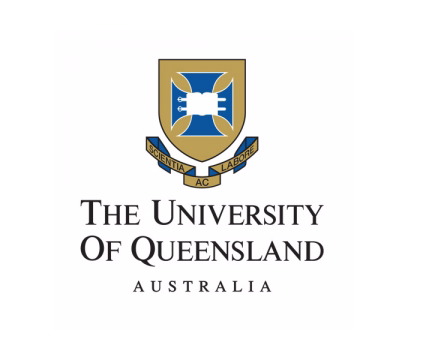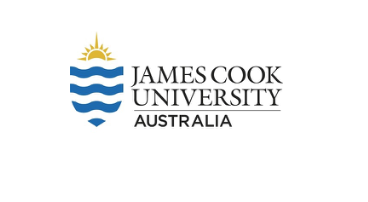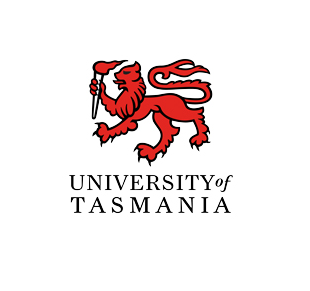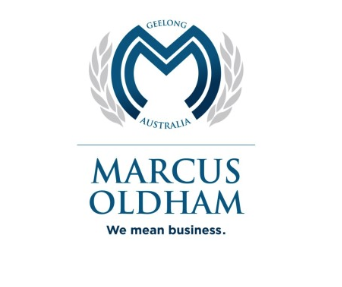Yoghurt is a food that is consumed, in one form or another, on every continent of the world, but has a history so old that even its origins remain unknown. Today, many consume it regularly for its potential health benefits, while enjoying its creamy texture and refreshing tang. According to Dairy Australia, Australians currently consume over 160,000 tonnes of yoghurt per year. But these days we’re all looking for healthier, low or no-fat alternatives of almost everything we eat. We all know how much tastier, creamier and pleasing a full-fat or Greek-style yoghurt is to eat. Sadly, once fat is taken out, our yoghurt eating experience can go from an almost sinful pleasurable breakfast, for example, to a weight-loss boot-camp challenge. Many commercial yoghurt manufacturers use thickeners in place of fat. Ingredients such as starch or gelatine, while both natural to an extent, are still additives. However, the public has become increasingly wary about what goes into packaged food. People are looking for yoghurts that are all natural, without any thickeners or additives. Additionally, vegetarians or people who follow religious guidelines have no choice but to avoid many commercial types of yoghurt because of these additives. This is where my research work comes in. What is something we can use in place of fat, something other than the conventional thickeners?
To find answers to this problem, my research involves investigating the use of different types of milk proteins. When the starter culture is added, the lactic acid that is produced causes the proteins to arrange into a protein network, almost like scaffolding, and it’s this structure that gives yoghurt its gel-like texture and mouth-feel. My work looks at how changing the ratios of milk proteins affect the protein network structure. In order to gauge these changes, I use a rheometer which measures how elastic or liquid a particular structure is. I can then link this data with pictures taken of the protein network using an electron microscope. I also measure how much force it takes to compress the yoghurts. This is a test that is very similar to what a person does in their mouth when they eat soft, creamy yoghurt. Good yoghurt isn’t all about texture, but also about flavour and how this flavour is released when you eat it. Using a method I optimised from different fields of science, I use a special technique to take a snapshot of the flavours released by my yoghurts during the eating process. This can then be analysed to separate and identify the flavour chemicals released and measure how much was released. I also use an expert panel of trained tasters to gauge the firmness, viscosity and flavour release of the yoghurt samples. With all this information, it is possible to see how human perception relates to machine-measured parameters, and the utility of different milk protein fortifiers in fat replacement.
Ultimately, my hope is that the findings from my research would give people healthier food choices. Dairy forms an important part of a balanced diet, providing us with a good source of protein and calcium. By reducing the fat content and also cutting out additives, yoghurt can be made into an even healthier food for all. Also with milk prices now at historic lows, yoghurt could be a way to add value to this basic commodity. Together with other value-added dairy products, dairying in Australia will certainly have a bright and innovative future.
On a more personal level, I have found that research is no easy task, with many unexpected failures occurring along the way, but there are also many times when all your hard work pays off. I’ve really enjoyed being able to approach problems with an inventive mind and with creativity. I have often come to solutions that were seemingly leftfield at the time, but worked so elegantly to solve the problem at hand. In my experience, scientific research isn’t all about following a rigid set of formulae or known theories and methods. While these form an important basis, to be successful in scientific research one needs to be creative, imaginative and even artistic at times. It is when you put a creative and new method to solving a scientific problem into play that the true rewards are felt – especially when it works!
As a food scientist focused on dairy, I feel that I have a wide skill-set, which can enable me to enter various industries in the future. Of course there’s dairy science, working with agencies and companies such as Dairy Australia, Dairy Food Safety Victoria and various state government departments of primary industries. I could also remain in academia and focus my efforts on building a firm future for dairy products. But the real benefit is being able to enter many other technical roles out there. In my short time as an honours and higher degree student in food science, I’ve already learnt microbiological techniques, molecular biology, rheology, food chemistry and analytical chemistry. I’ve also picked up many technical skills, how to fix instruments when things go wrong and use troubleshooting skills to help understand why certain scientific methods aren’t working. With a background in food science, you’re not limited to any particular field of science, you really can go anywhere.
About David
David Chua is a bachelor of Food Science and Nutrition (with Honours). He has previously worked as a data processor and researcher with FoodEssentials.com (check out what they do, it’s cool). He is currently a PhD candidate in the School of Agriculture and Food Science at the University of Queensland.

